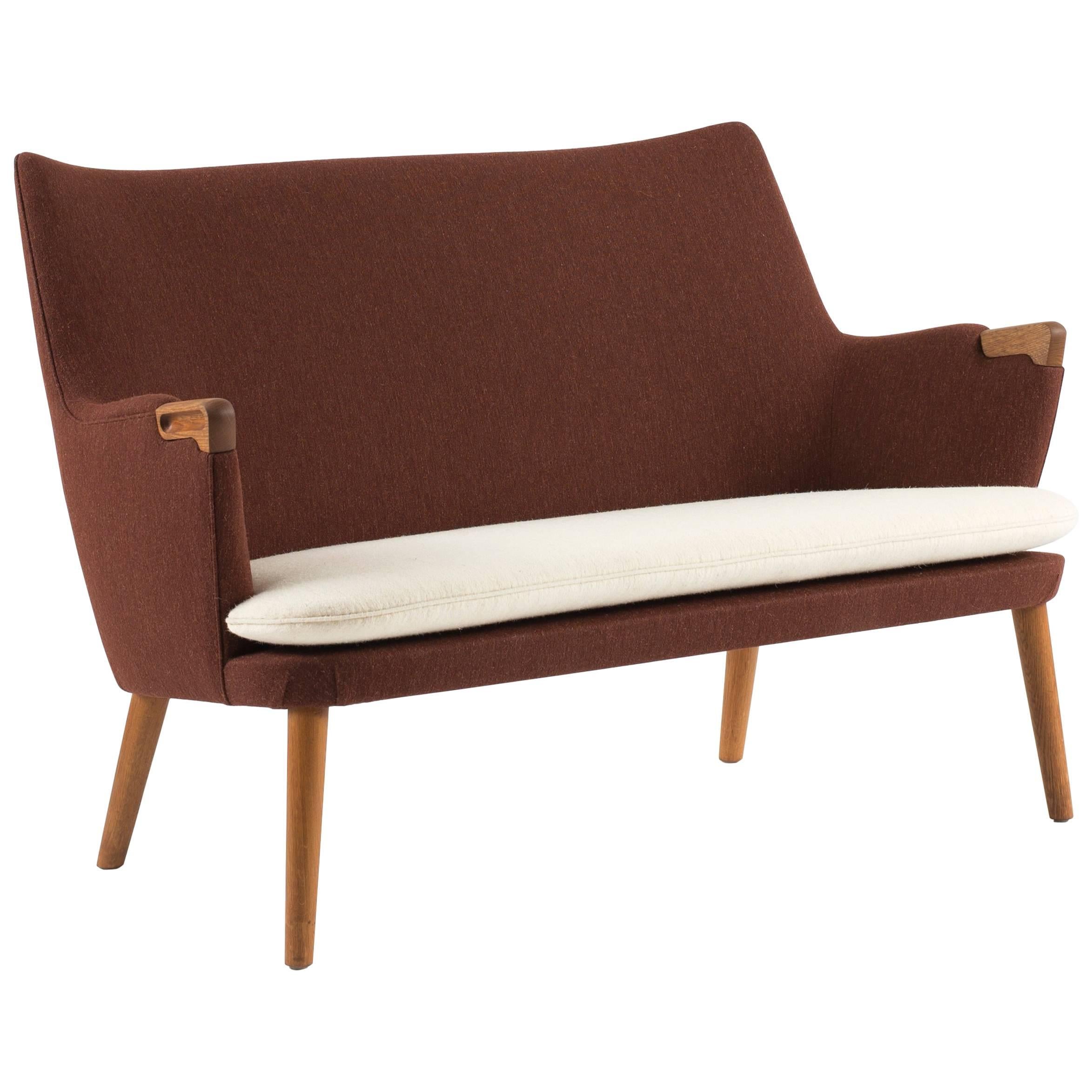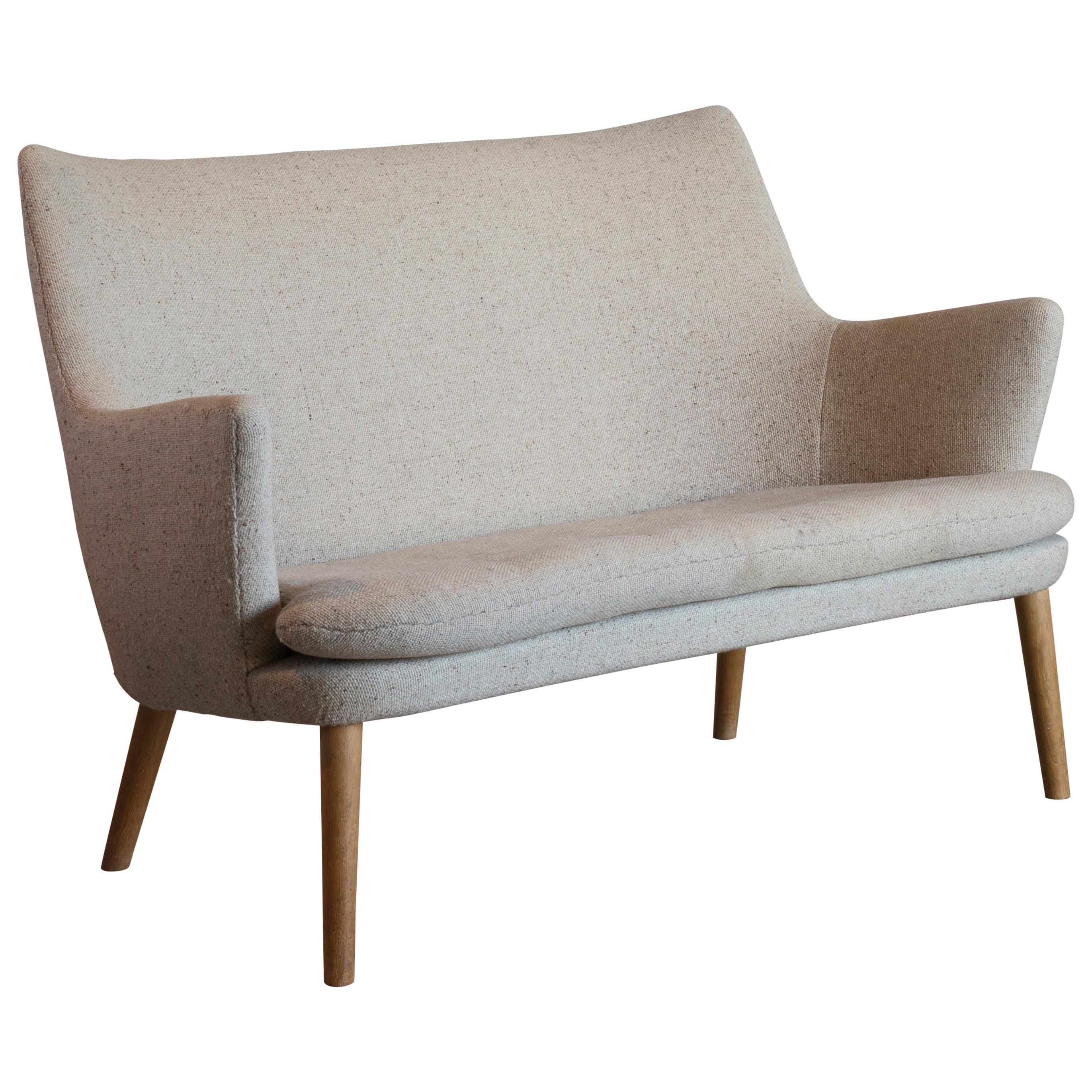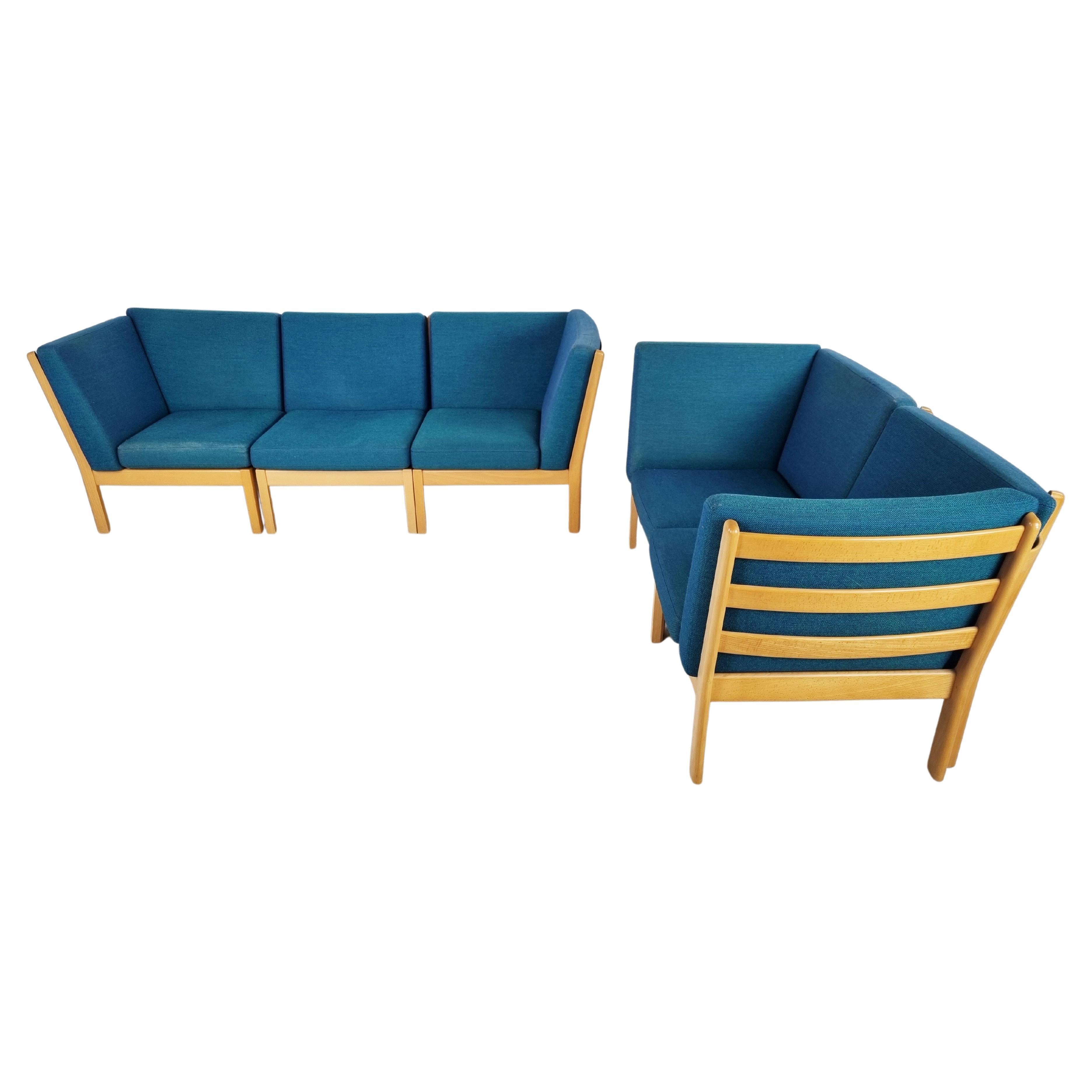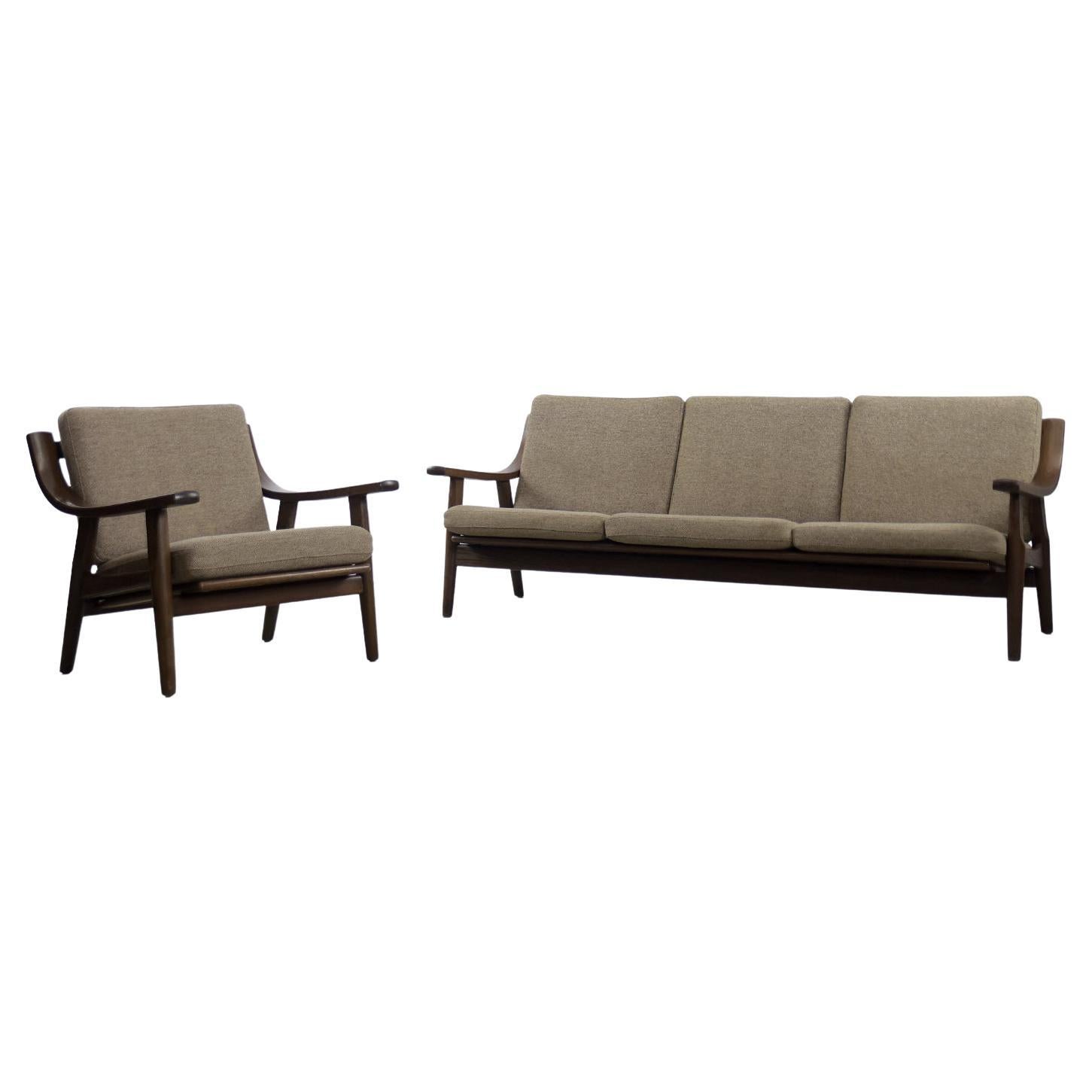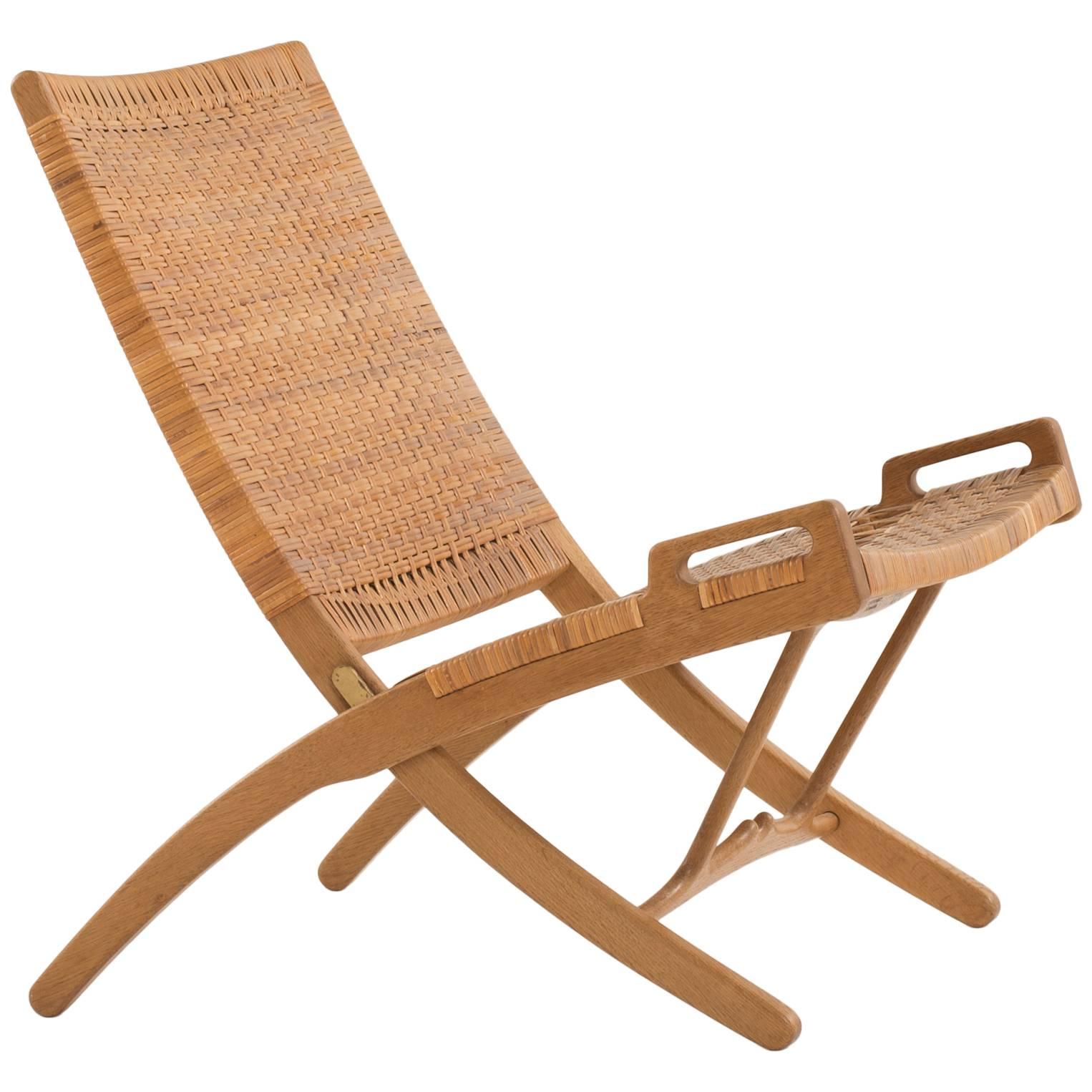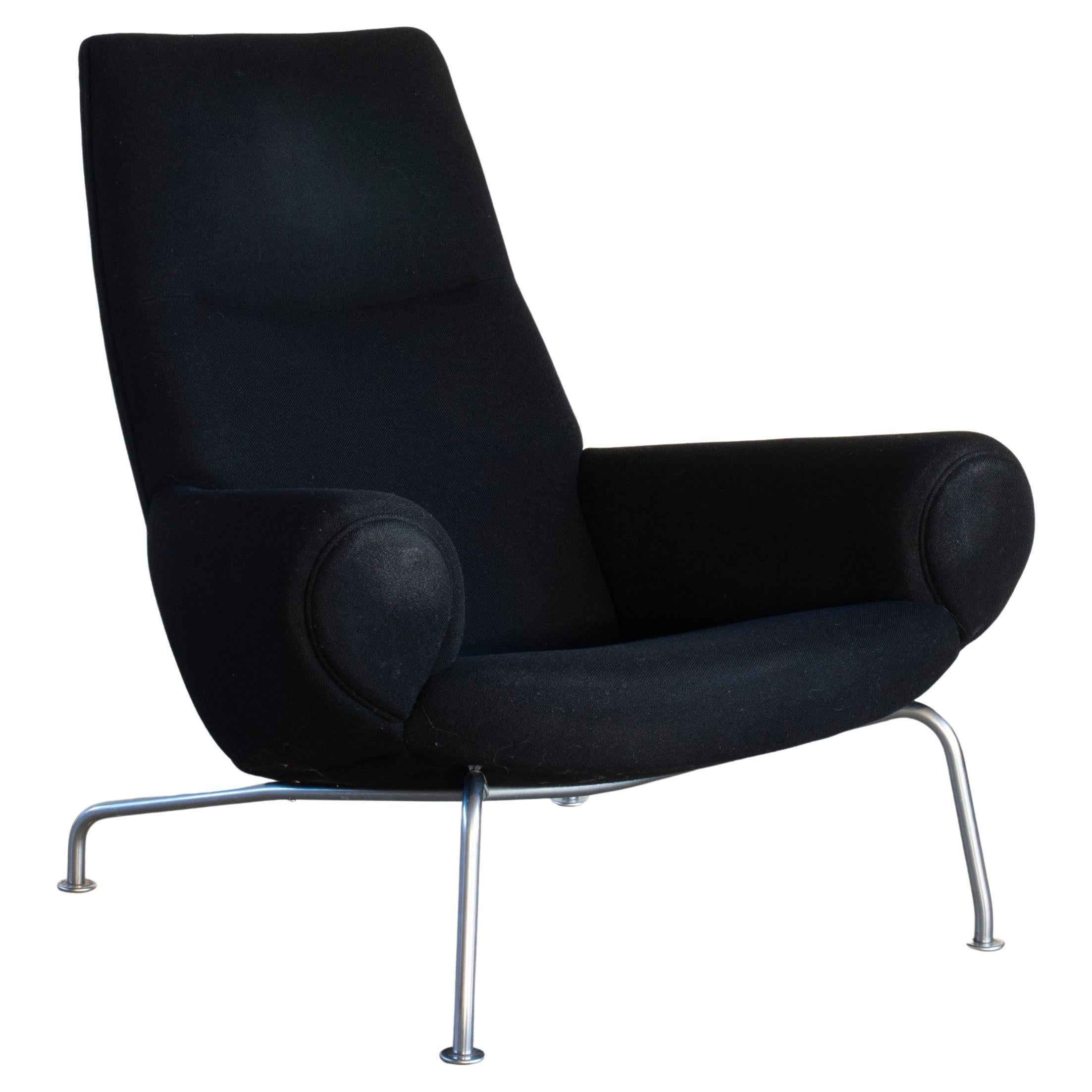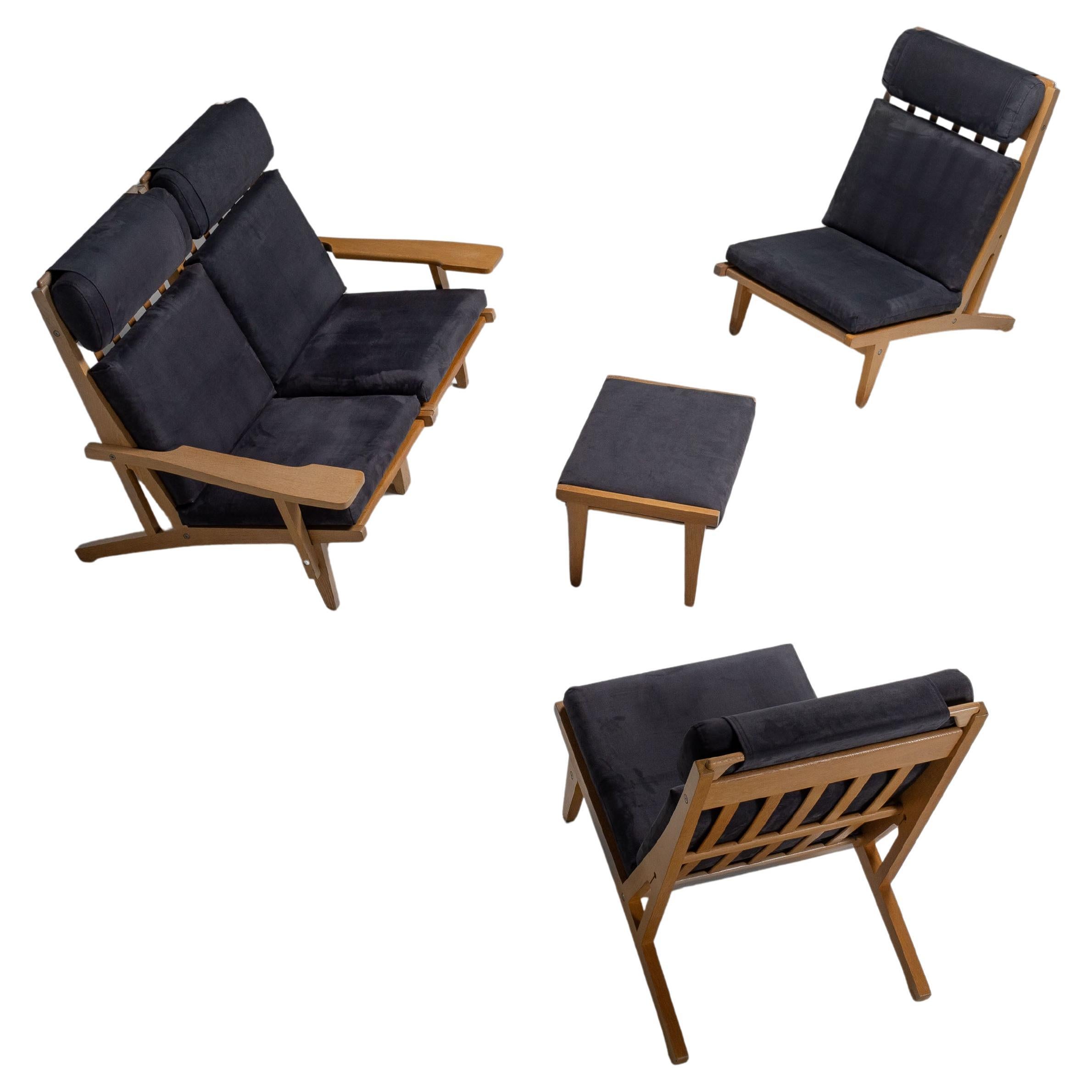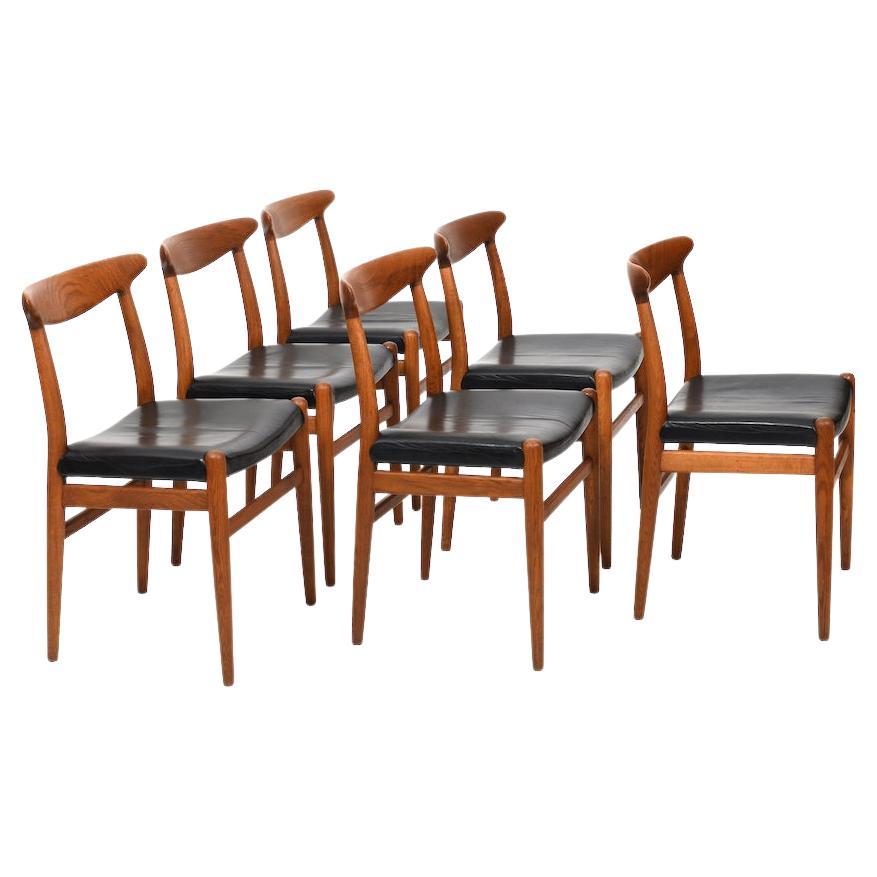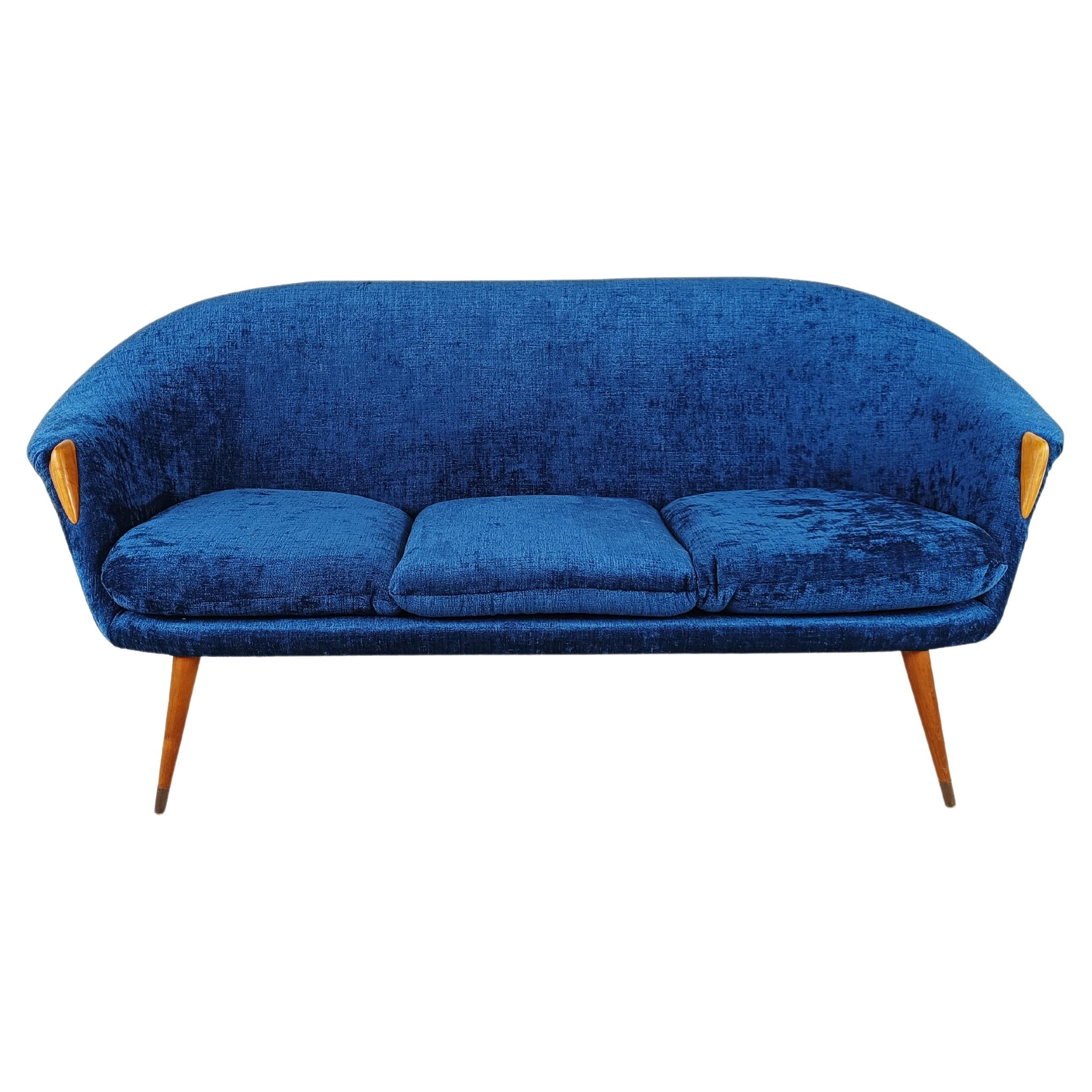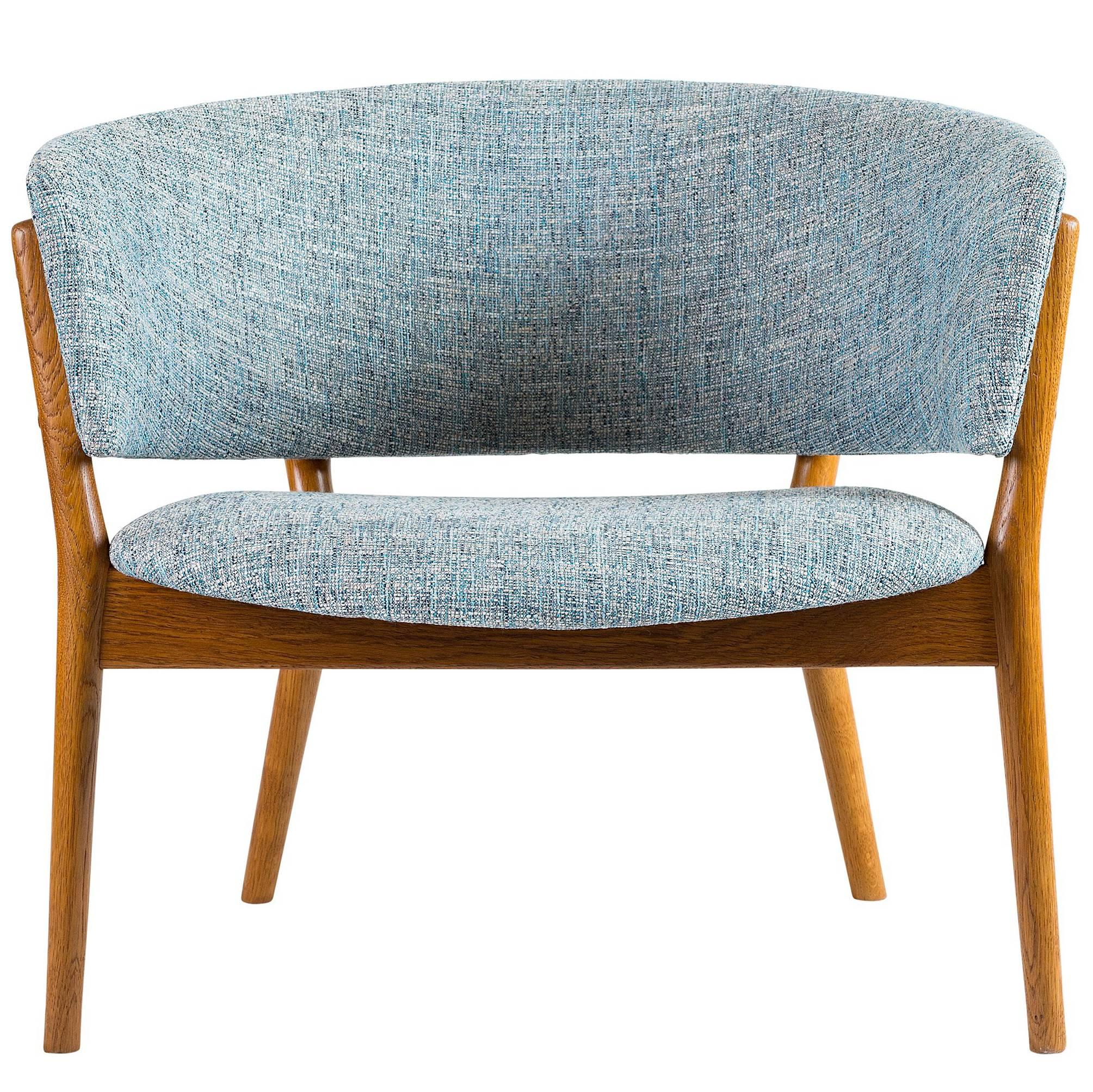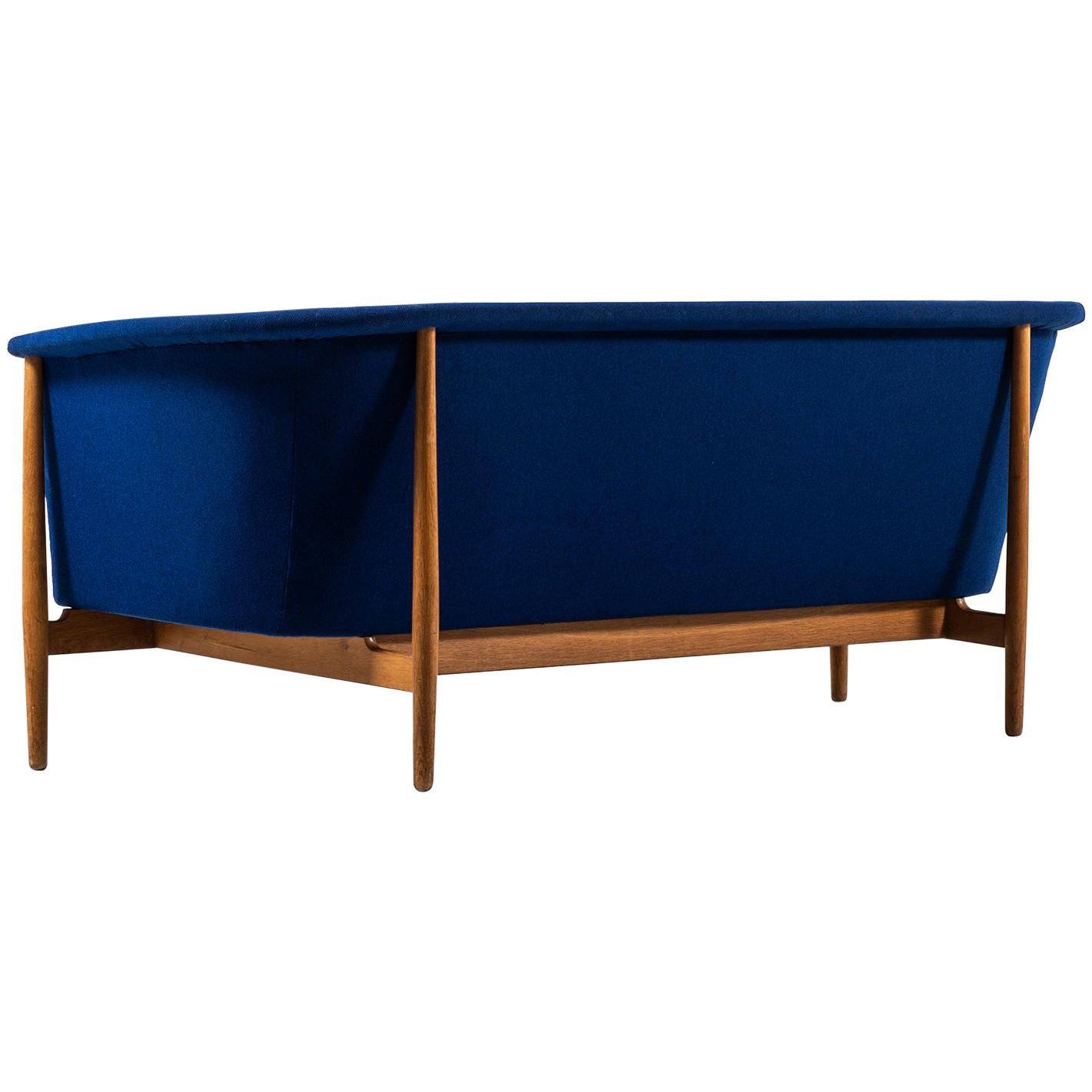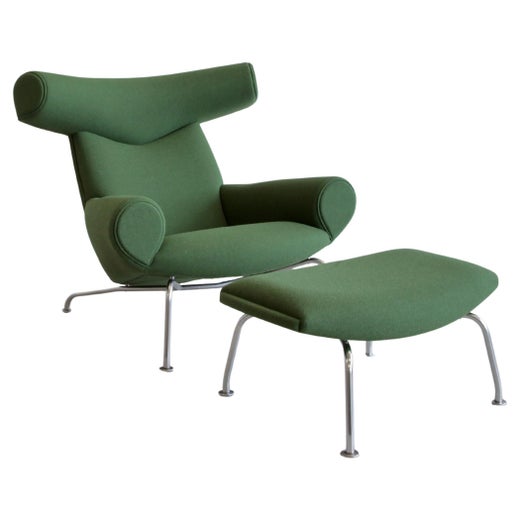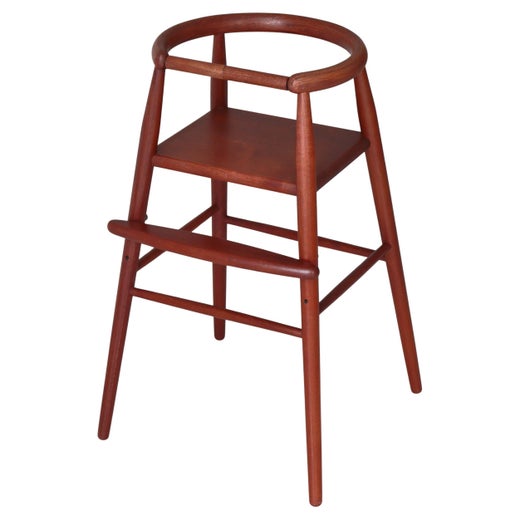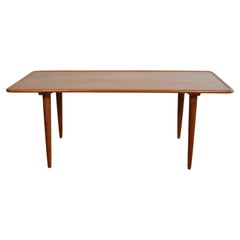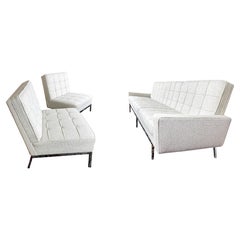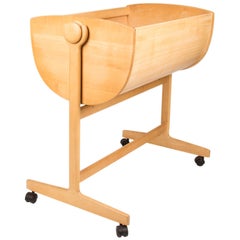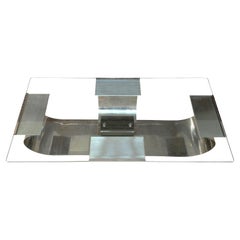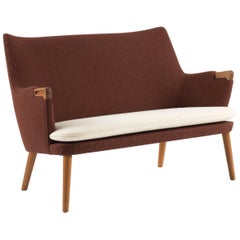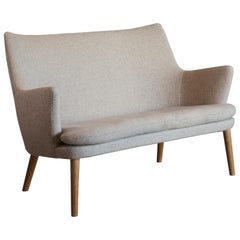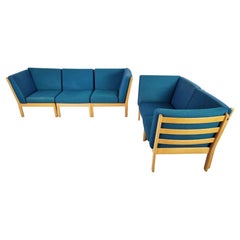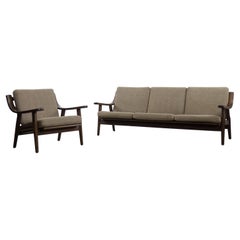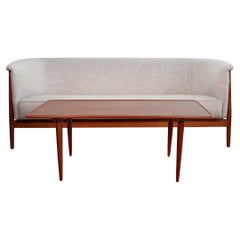
Nanna Ditzel Sofa and Hans Wegner AT-11 Coffee Table
View Similar Items
Nanna Ditzel Sofa and Hans Wegner AT-11 Coffee Table
About the Item
- Creator:Andreas Tuck Møbelfabrik (Maker),Soren Willadsen Mobelfabrik (Maker),Hans J. Wegner (Designer),Nanna Ditzel (Designer)
- Dimensions:Height: 30 in (76.2 cm)Width: 72 in (182.88 cm)Depth: 32 in (81.28 cm)Seat Height: 16 in (40.64 cm)
- Sold As:Set of 2
- Style:Scandinavian Modern (Of the Period)
- Materials and Techniques:
- Place of Origin:
- Period:
- Date of Manufacture:1950
- Condition:Reupholstered. Wear consistent with age and use. Sofa has recently been reupholstered. The coffee table may have been refinished in the past, or perhaps has simply been the recipient of conscientious care. Both are in excellent vintage condition.
- Seller Location:Littleton, CO
- Reference Number:1stDibs: LU5401234757792
Hans J. Wegner
Best known for his chairs and other seating pieces — though a master of many furniture types like sofas and tables — Hans Wegner was a prolific designer whose elegant, often ebullient, forms and devotion to the finest methods in joinery made "Danish Modern" a popular byword for stylish, well-made furniture in the mid-20th century.
Wegner considered himself a carpenter first and a furniture designer second. Like his peers Arne Jacobsen and Finn Juhl, Wegner believed that striking aesthetics in furniture were based on a foundation of practicality: a chair must be comfortable and sturdy before it is chic.
In keeping with that tenet, several of Hans Wegner’s best chair designs have their roots in traditional seating forms. The Peacock chair (designed in 1947) is a throne-like adaptation of the Windsor chair; pieces from the China chair series (begun in 1944) as well as the 1949 Wishbone chair, with its distinctive Y-shaped back splat, are derived from 17th-century Ming seating pieces, as is the upholstered Ox chair (1960). Wegner’s comfy Papa Bear chair (1951) is an almost surreally re-scaled English wingback chair.
Wegner’s most representative piece, the Round chair (1949), gained a footnote in political history when it was used on the TV stage of the first Kennedy-Nixon debate of 1960. That chair, along with Wegner’s more bravura designs — for example, the 1963 Shell chair, with its curved surfboard-shaped seat — bring a quietly sculptural presence to a room.
Wegner was a designer who revered his primary material — wood — and it shows. His wood gathers patina and character with age; every Hans Wegner piece testifies to the life it has led.
Find vintage Hans Wegner lounge chairs, armchairs, daybeds and other furniture for sale on 1stDibs.
Nanna Ditzel
Nanna Ditzel was the most versatile and creative female designer that Denmark produced in the 20th century. Ditzel brought her talents to bear on a staggering array of forms — she designed furniture, jewelry, tableware and textiles; and she shaped her pieces using an equally astonishing variety of materials, from wood and wicker to silver, ceramics and fiberglass.
Born in Copenhagen, she trained as a cabinetmaker at the Royal Academy's furniture school — overseen by the great craftsman of the day, Kaare Klint — and graduated in 1943. Ditzel’s early work adhered to the classic Danish modernist tenets of simplicity, comfort and quality, and her armchairs, with their softly curved backrests are much in the spirit of Hans Wegner. Ditzel’s signature piece of that time is her Ring chair. Designed along with her husband, Jørgen Ditzel, a fabric maker, the chair has a semicircular padded armrest that seems to embrace the sitter. Ditzel began designing in wicker and in 1959 produced the Hanging chair. The piece, suspended from the ceiling by a chain, became a favorite for fashion shoots and may be as iconic of the 1960s as Eero Aarnio’s plastic Ball chair of 1963.
In 1956, Ditzel began designing for the Danish silverware firm Georg Jensen. In an association that lasted some 40 years, Ditzel would create organically shaped jewelry, barware, ceramic tableware and even tablecloths. Like her fellow Dane Verner Panton, Ditzel was not afraid to embrace industrial materials, and she began designing fiberglass chairs in the mid-1960s. Some of her most flamboyant work came toward the end of her career, in pieces such as 1989’s Bench for Two, with its shocking Op-art finish, or the Trinidad chair of 1992, with it’s sunburst-like, cut-though backs. Such feats of creativity were a fitting coda to one of the most imaginative, prolific and remarkable women of modern design.
More From This Seller
View AllVintage 1950s Danish Scandinavian Modern Coffee and Cocktail Tables
Teak
Vintage 1960s American Mid-Century Modern Living Room Sets
Chrome
Late 20th Century Danish Mid-Century Modern Children's Furniture
Beech
Vintage 1970s French Mid-Century Modern Coffee and Cocktail Tables
Stainless Steel
Vintage 1980s American Mid-Century Modern Console Tables
Chrome
Vintage 1960s American Mid-Century Modern Sofas
Upholstery
You May Also Like
Mid-20th Century Danish Scandinavian Modern Sofas
Wool, Oak
Mid-20th Century Danish Scandinavian Modern Sofas
Fabric, Oak
Vintage 1980s Danish Scandinavian Modern Living Room Sets
Fabric, Oak
Vintage 1960s Danish Scandinavian Modern Living Room Sets
Wool, Oak
Mid-20th Century Danish Scandinavian Modern Lounge Chairs
Cane, Oak
Mid-20th Century Danish Scandinavian Modern Lounge Chairs
Steel
Recently Viewed
View AllRead More
The 21 Most Popular Mid-Century Modern Chairs
You know the designs, now get the stories about how they came to be.
Design Icon Ilse Crawford on Her Colorful New Hans Wegner Chairs
If anyone is brave, humble and adept enough to recolor these mid-century masterpieces, it’s Ilse Crawford. Here, she gives us the details on her five earthy paint choices and tells us how she feels about design collaborations.
